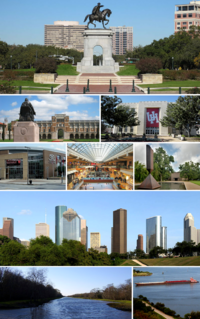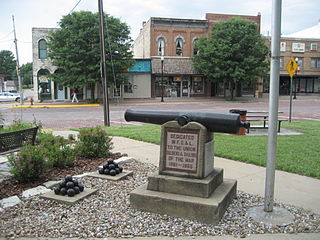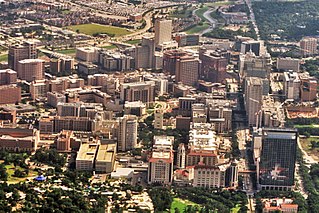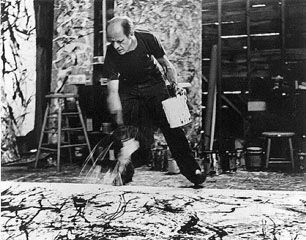
Paul Jackson Pollock was an American painter and a major figure in the abstract expressionist movement.

Kenneth Noland was an American painter. He was one of the best-known American Color Field painters, although in the 1950s he was thought of as an abstract expressionist and in the early 1960s he was thought of as a minimalist painter. Noland helped establish the Washington Color School movement. In 1977, he was honored by a major retrospective at the Solomon R. Guggenheim Museum in New York that then traveled to the Hirshhorn Museum and Sculpture Garden in Washington, D.C. and Ohio's Toledo Museum of Art in 1978. In 2006, Noland's Stripe Paintings were exhibited at the Tate in London.

Abstract expressionism is a post–World War II art movement in American painting, developed in New York in the 1940s. It was the first specifically American movement to achieve international influence and put New York City at the center of the western art world, a role formerly filled by Paris. Although the term abstract expressionism was first applied to American art in 1946 by the art critic Robert Coates, it had been first used in Germany in 1919 in the magazine Der Sturm, regarding German Expressionism. In the United States, Alfred Barr was the first to use this term in 1929 in relation to works by Wassily Kandinsky.
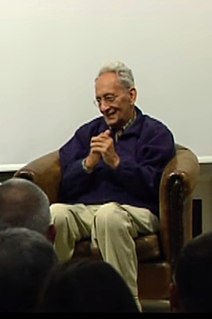
Frank Philip Stella is an American painter, sculptor and printmaker, noted for his work in the areas of minimalism and post-painterly abstraction. Stella lives and works in New York City.

Visual art of the United States or American art is visual art made in the United States or by U.S. artists. Before colonization there were many flourishing traditions of Native American art, and where the Spanish colonized Spanish Colonial architecture and the accompanying styles in other media were quickly in place. Early colonial art on the East Coast initially relied on artists from Europe, with John White the earliest example. In the late 18th and early 19th centuries, artists primarily painted portraits, and some landscapes in a style based mainly on English painting. Furniture-makers imitating English styles and similar craftsmen were also established in the major cities, but in the English colonies, locally made pottery remained resolutely utilitarian until the 19th century, with fancy products imported.

Barnett Newman was an American artist. He is seen as one of the major figures in abstract expressionism and one of the foremost of the color field painters. His paintings are existential in tone and content, explicitly composed with the intention of communicating a sense of locality, presence, and contingency.

Samuel Lewis Francis was an American painter and printmaker.

James Rosenquist was an American artist and one of the protagonists in the pop art movement. Drawing from his background working in sign painting, Rosenquist's pieces often explored the role of advertising and consumer culture in art and society, utilizing techniques he learned making commercial art to depict popular cultural icons and mundane everyday objects. While his works have often been compared to those from other key figures of the pop art movement, such as Andy Warhol and Roy Lichtenstein, Rosenquist's pieces were unique in the way that they often employed elements of surrealism using fragments of advertisements and cultural imagery to emphasize the overwhelming nature of ads. He was a 2001 inductee into the Florida Artists Hall of Fame.
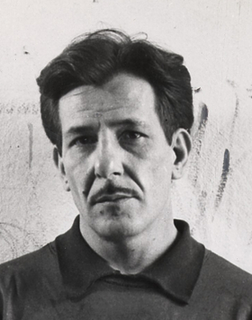
Franz Kline was an American painter. He is associated with the Abstract Expressionist movement of the 1940s and 1950s. Kline, along with other action painters like Jackson Pollock, Willem de Kooning, Robert Motherwell, John Ferren, and Lee Krasner, as well as local poets, dancers, and musicians came to be known as the informal group, the New York School. Although he explored the same innovations to painting as the other artists in this group, Kline's work is distinct in itself and has been revered since the 1950s.

Color Field painting is a style of abstract painting that emerged in New York City during the 1940s and 1950s. It was inspired by European modernism and closely related to Abstract Expressionism, while many of its notable early proponents were among the pioneering Abstract Expressionists. Color Field is characterized primarily by large fields of flat, solid color spread across or stained into the canvas creating areas of unbroken surface and a flat picture plane. The movement places less emphasis on gesture, brushstrokes and action in favour of an overall consistency of form and process. In color field painting "color is freed from objective context and becomes the subject in itself."
Paul Jenkins was an American abstract expressionist painter.

Antoni Tàpies i Puig, 1st Marquis of Tàpies was a Spanish painter, sculptor and art theorist, who became one of the most famous European artists of his generation.
Friedel Dzubas was a German-born American abstract painter.
Dana Frankfort is an artist based in New York and a painting professor at Boston University College of Fine Arts. Her work often engages with the history of abstract art and features bright colors, gestural brushwork, and text.
James Edward Grant was a painter and sculptor active from the late 1950s into the early 1970s. Best known for his sculptural work in plastics, this work by no means defined him, but was rather a natural endpoint of an exploration into increased dimensionality—starting from abstract canvases, moving through collages and bas-reliefs until the work finally came off the wall in sculptural form.
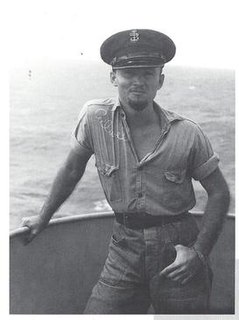
Ben L. Culwell was an American painter and early participant in the abstract expressionist movement. He is most widely known for his participation in the Museum of Modern Art’s 1946 Fourteen Americans exhibition. His work is included in the permanent collection of Houston's Menil Collection, the Dallas Museum of Art, the Houston Museum of Fine Arts, as well as the Museum of Modern Art in New York City. In 1977, Culwell's work was featured in a retrospective at the McNay Art Museum. Ten years later in 1987, Culwell's early paintings were featured in Adrenalin Hour, an exhibition given at the opening of the Menil Collection, to critical acclaim. In 2007, his work was included in an exhibition at Baylor University, Texas Modern: The Rediscovery of Early Texas Abstraction 1935–1965.

20th-century Western painting begins with the heritage of late-19th-century painters Vincent van Gogh, Paul Cézanne, Paul Gauguin, Georges Seurat and Henri de Toulouse-Lautrec, and others who were essential for the development of modern art. At the beginning of the 20th century, Henri Matisse and several other young artists including the pre-cubist Georges Braque, André Derain, Raoul Dufy and Maurice de Vlaminck revolutionized the Paris art world with "wild", multi-colored, expressive landscapes and figure paintings that the critics called Fauvism. Matisse's second version of The Dance signified a key point in his career and in the development of modern painting. It reflected Matisse's incipient fascination with primitive art: the intense warm color of the figures against the cool blue-green background and the rhythmical succession of the dancing nudes convey the feelings of emotional liberation and hedonism.
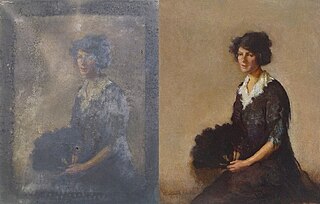
Accidental damage of art refers to damage or destruction of an artwork as a result of various types of accidents. Most notable damage accidents occur during public exhibitions or transportation.

James W. Jack Boynton was an American artist.
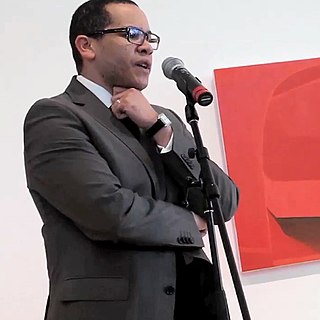
Leslie Smith III is a contemporary African American visual artist. He currently lives and works in Madison, Wisconsin.
